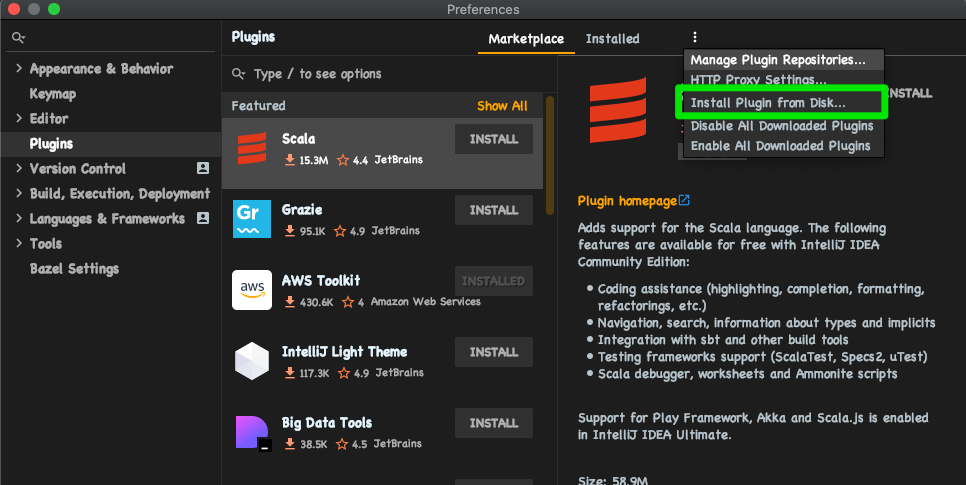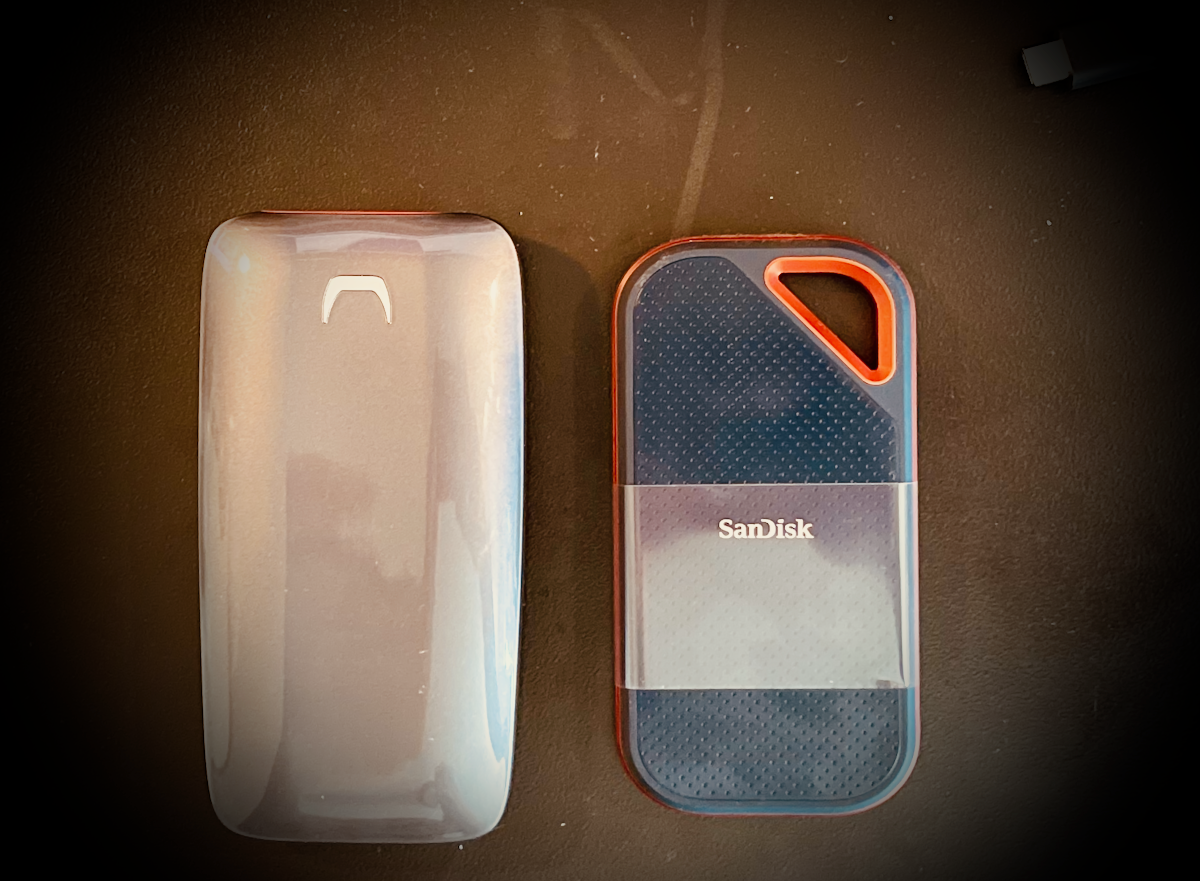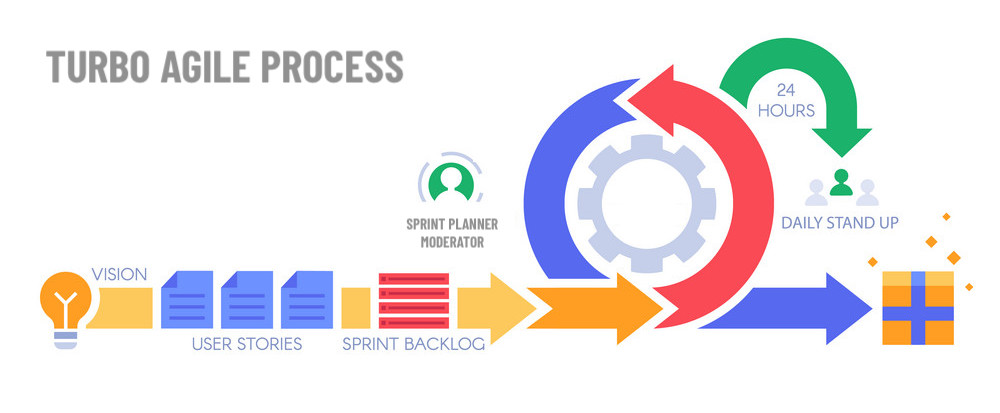
Building IntelliJ Bazel Plugin from Sources
What is Bazel?
Bazel is a powerful open-source build and test tool similar to Make, Maven, and Gradle. It uses a human-readable, high-level build language called Starlark, which is a strict subset of Python. Bazel can build projects in multiple languages and output results for multiple platforms. Bazel supports large code-bases across multiple repositories and large numbers of users. In fact, it is the build tool used by Google internally for all of their software.
Bazel was open-sourced by Google several years ago, and has since become a dominant build system across a large list of companies. Most of these companies have engineering teams that are larger than a couple hundred engineers. Such teams are adopting Bazel because it can handle very large multi-lingual multi-repo projects with ease. After all, supposedly Bazel handles most of Googles internal code.
Bazel comes with a CLI executable that is the interface to its commands and features, but using Bazel with a fully-featured IDE can be particularly enlightening and time-saving.
I got introduced to Bazel while at Coinbase, where I got to work on Bazel build rules for Ruby language, an open source project available on Github.
Bazel IDE Support
Visual Studio Code
Bazel is pretty well supported by the VSCode plugin vscode-bazel. If you are using VSCode and Bazel, you should check this plugin out. Here is a screenshot of my Bazel-enabled Ruby Project, with various Bazel-specific UI elements in action:
IntelliJ Bazel Plugin
However, the most fully featured IDE support for Bazel is offered by the IntelliJ Bazel Plugin. It supports several IDEs in the the IntelliJ family. Here is a similar screenshot of the same project opened in IntelliJ IDEA Ultimate, with Ruby plugin installed:
It is the IntelliJ plugin that is the subject of this blog post.
You can install this plugin in the following IntelliJ products:
-
IDEA Ultimate and Community Editions (excluding EAP) (Java)
-
CLion (C/C++)
-
Android Studio (Java / AndroidSDK)
-
PyCharm (Python)
-
GoLand (Go)
-
WebStorm (JavaScript)
NOTE: that the Ruby IDE (RubyMine) is not listed above. And yet, I am able to build and test Ruby Project with IntelliJ IDEA Ultimate, and Ruby + Bazel support installed. Once you get Bazel working in your project, it almost doesn’t matter what language it’s in. If Bazel can build it — so will the IDE.
Compatibility Notes
For information on which IntelliJ IDEs are compatible with the Bazel Plugin, please see the following diagram, borrowed from the IntelliJ Bazel Support Page:
-
There are some issues with the marketplace plugin version when used with the latest IDEA version. This is when you might need to build it from the sources, as described below.
-
Even if you build the plugin from sources, it will NOT be compatible with the EAP (pre-release) version of IDEA.
Installing the Plugin
The simplest way to install the plugin is to find it in the Plugin Marketplace, and install from there.
However, sometimes the plugin is behind the most recent version of the IntelliJ IDE, and in these cases you have two choices:
-
Rollback IDE to a previous version
-
Or, build the plugin from sources.
-
Further below we’ll show how to how to build and install the plugin from sources*
Plugin Functionality
The plugin offers Bazel support in the IDE, but in order to ena`ble it, a project must first be "imported" as a Bazel project, for some reason. To be honest, the way the plugin works in the IDE is far from ideal in our opinion, and may require a few tries before getting it right. We wish the plugin would just auto-detect the BUILD or WORKSPACE file in the root project folder, but alas, at least today, that’s not the case.
The plugin allows you to:
-
You can import BUILD files into the IDE.
-
Compile your project and get navigatable compile errors in the IDE.
-
Run lint from within the IDE with navigatable issues.
-
Support for Bazel run configurations for certain rule classes.
-
Run tests from within the IDE by right-clicking on methods/classes.
What to do when you can’t import Bazel Project…
There is currently an issue that may affect your ability to import Bazel Projects into the IDE. It seems to stem from a misconfiguration resulting in disabling some of the default IntelliJ plugins, although we never figured out which ones.
The issue manifest itself as follow:
-
If you are unable to move past the last step in the Project Import Wizard, meaning — you click 'Next' button, but nothing happens, you should click 'Cancel', and then click on the flashing red bulb in your status bar: it will contain the exact error message.
-
If the error message is something like this:
java.lang.IllegalStateException:
No SyncPlu1gin present which provides a
default workspace type.
at com.google.common.base.
Preconditions.checkState(Preconditions.java:508)Then you need to do the following:
Reset your IDEA preferences folder. For instance, on a Mac OS-X, and using IntelliJ IDEA Ultimate, you could run the following command in the Terminal:
prefs=${HOME}/Library/Preferences
rm -rf ${prefs}/IntelliJIdea2019.3After this, start IDEA and choose Reset Default Plugins on the first screen.
Once you reset your settings, you should once again be able to import Bazel Projects.
References:
For more information on this error, see the following:
Building the IntelliJ Plugin from Sources
The plugin can be built using Bazel and Docker on any platform.
Unfortunately, you can not build it directly on MacOS-X or Windows because WORKSPACE points to Linux-specific JDK dependencies.
Prerequisites
You should have the following in order to build the plugin:
-
Working knowledge of your operating system shell and terminal app.
-
gitinstalled locally -
Docker installed and running — get it from here.
-
One or more supported IntelliJ IDEs installed.
Build Steps
Check out the Code
In this section, we’ll show the script to build the plugin and explain the commands that need to be run.
First, we need to clone the repo locally:
git clone git@github.com:bazelbuild/intellij.git
cd intellijPulling Docker Image
Next, we need to pull the docker image that we’ll use for this.
However, we’ll both pull and run the image in the same command:
docker run -it --rm -v $(pwd):/src/workspace \
-v /tmp/build_output:/tmp/build_output \
-w /src/workspace \
--entrypoint=/bin/bash \
l.gcr.io/google/bazel:latestIf the above command succeeded, you will be dropped in the root’s prompt:
root@611dbf701d6d:/src/workspace#Pulling Latest Changes
But before we build the plugin, be sure to pull the latest changes, in case the Docker image is not the most up to date:
git remote add upstream https://github.com/bazelbuild/intellij.git
git pull --rebase upstream masterNow we can issue our bazel build command, which we describe in the next sections.
Determining the IntelliJ Product Identifier — PRODUCT
The very last argument of the bazel build command must map to a product identifier string such as intellij-ue-2019.3. This particular label is what you would specify for IntelliJ IDEA Ultimate Edition, Version okp 2019.3.\*. For community edition, you’d use intellij-2019.3 or intellij-latest.
For other IDEs and other versions, you should use the appropriate argument taken form the following list of all supported IDEs as of March 5th, 2020:
-
android-studio-3.6 -
android-studio-4.0 -
android-studio-4.1 -
android-studio-beta -
android-studio-canary -
android-studio-latest -
clion-2019.2 -
clion-2019.3 -
clion-beta -
clion-latest -
intellij-2019.2 -
intellij-2019.3 -
intellij-2020.1 -
intellij-beta -
intellij-canary -
intellij-latest -
intellij-ue-2019.2 -
intellij-ue-2019.3 -
intellij-ue-2020.1 -
intellij-ue-beta -
intellij-ue-canary -
intellij-ue-latest
| If you read this blog post much later than March 2020, you can re-generate the above list of product labels using the following command, which you would run inside the Docker container: |
root@611dbf701d6d:/src/workspace# grep define \
intellij_platform_sdk/BUILD | \
sed 's/[",]//g' | \
awk '{print $2}' | \
sort | \
uniq | \
sed 's/.*=//g'Any value that appears in that list can then be used below.
Preparing to Build the Plugin
With that out of the way, we should be able to construct our build command line.
To simplify the next step, we put together a convenient shell script that you can download inside the container with the following command (run it inside the Docker container):
$ wget http://bit.ly/bazel-intellij-build -O build.shNow you should have a script build.sh ready to use.
Building the Plugin
Note: we recommend that you DO NOT EXIT the container once the command below is finished. You will need the container running if you’d like to save its state as a new Docker image in order to speed up any future builds of that plugin. If that’s not a priority for you, you can exit as soon as the morning script completes.
Change intellij-ue-latest below to the appropriate tag for your IntelliJ IDE, and run this command inside the Docker container as root:
$ bash build.sh intellij-ue-latestDepending on the capabilities of your machine the build time may vary from anywhere around 3-5 minutes to 10 minutes.
After the build succeeds, you should be able to find the compiled zip file on your local machine under the /tmp/build_output folder (the folder was mapped to the container’s /tmp/build_output in the original Docker command). You might want to copy it to your Desktop folder for convenience — the following command is performed on your local system and not inside the container:
$ cp -v \
/tmp/build_output/*bazel.zip \
~/DesktopNow the plugin zip file should reside on your Desktop.
Saving Docker Container State for Future Builds
This step is optional — if you don’t intend on building or rebuilding the plugin, skip to the next section.
While the Docker container window remains open after a successful build, go ahead and open a new Terminal window, and run the following command:
$ CONTAINER_ID=$(docker ps | grep l.gcr.io/google/bazel | awk '{print $1}')
# save the modified container as a new image
$ docker commit ${CONTAINER_ID} intellij-bazel-plugin-builtOnce you’ve run this, you can exit the Docker Container, because your modified container image is now stored under the intellij-bazel-plugin-built label.
If you decide to rebuild the plugin in the future, simply run the following command instead of the original Docker command, which will retain Bazel cache from the previous build as well as th build script we downloaded:
$ docker run -it --rm -v $(pwd):/src/workspace \
-v /tmp/build_output:/tmp/build_output \
-w /src/workspace \
--entrypoint=/bin/bash \
intellij-bazel-plugin-builtNow you can just run bash build.sh product-identifier as the script we generated should still be present in your saved Docker image.
Cleaning the Build Directory
If you do not need the Bazel Cache for future builds, run this command to reclaim disk space on your machine and to remove the unneeded images:
$ cp /tmp/build_output/*bazel.zip ~/Desktop
$ rm -rf /tmp/build_output
$ docker image --rm intellij-bazel-plugin-builtInstalling the Plugin
Once you’ve built the plugin, and plugin zip file is on your Desktop, you can open your IDE and install the plugin from Disk.
Open your IDE, press ⌘, to open Preferences, click on Plugins, and then find the little vertical ellipsis "…" and click it to display the dropdown shown on the screenshot:
Select "Install Plugin from Disk", and choose the ZIP file on your Desktop, and once installed — restart your IDE. And… Vola!
You should now have the latest Bazel plugin installed.
Importing the Project
The next step is to import the project, which is described in detail on the IntelliJ Bazel Plugin Home page.
Happy Building!
Conclusion
We hope that you found this overview of Bazel IDE support, and specific instructions on building IntelliJ plugin from sources useful. As always, please leave your feedback in comments, and email me at kig AT reinvent.one. Thanks!
Acknowledgements
The author wishes to thank kind folks at Flare.Build for contributing the Docker command line of the build script, and the encouragement.









